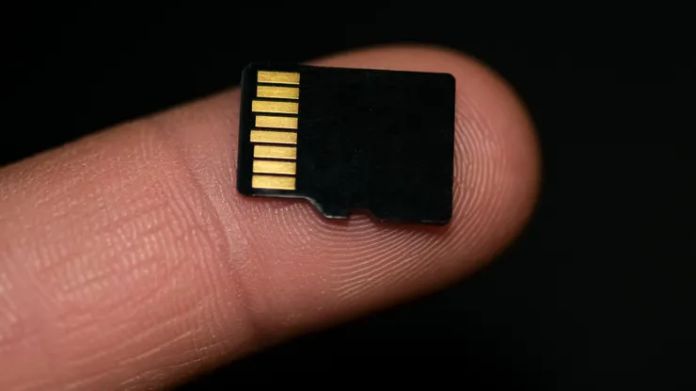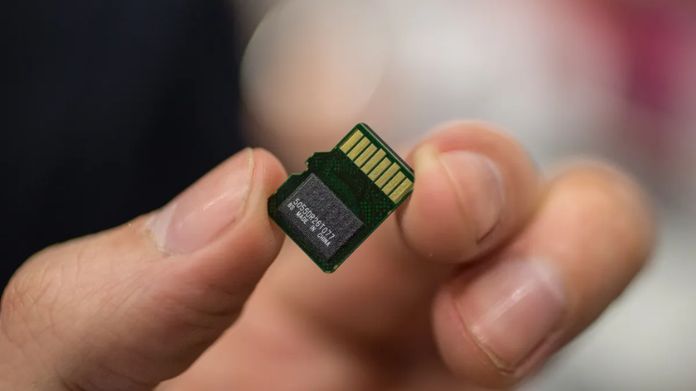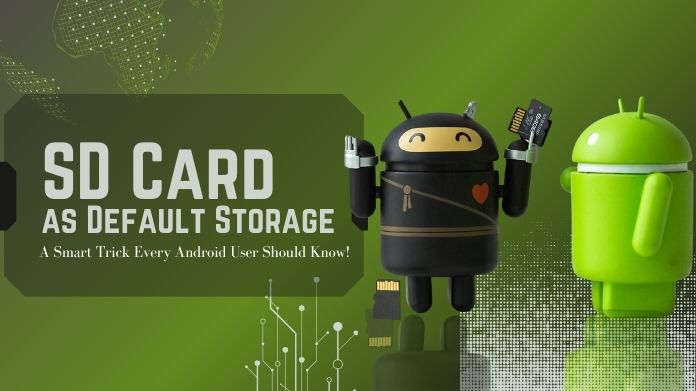Have you ever wondered how your phone or camera stores all those priceless information, apps, and memories with such ease?
You’ve probably heard about TF cards if you’ve ever had to manage your devices’ limited storage capacity, but what exactly are they, and why are they so popular?
You’re absolutely not alone if you’re not quite sure what a TF card is, so don’t worry.
A TF card, or TransFlash, is a compact storage solution used for saving photos and important data. Despite its common use, confusion remains—Is it the same as a microSD card? What devices are compatible?
In this guide, we’ll cover everything about TF cards, including their history, uses, and why they might be ideal for you.
Let’s dive in!
TF Card – A Quick Overview
SanDisk invented TF cards, sometimes known as TransFlash, in 2004. Originally created as a mobile memory card, it quickly grew popular due to its small size and versatility in a variety of devices.
 In fact, if you’ve ever upgraded your phone’s capacity or used a GPS gadget, you’ve most likely used a TF card without recognizing it.
In fact, if you’ve ever upgraded your phone’s capacity or used a GPS gadget, you’ve most likely used a TF card without recognizing it.
TransFlash cards were later rebranded as microSD cards, though the original name stuck around and is still used today.
What is a TF Card Used for?
TF cards are incredibly versatile, which is why you’ll find them in all sorts of gadgets.
Let’s take a closer look at some common uses:
1. Mobile Phones and Tablets
TF cards were mostly used to increase the storage capacity of mobile phones when they were initially released.
Since there wasn’t much internal storage available back then, expanding the number of photographs, music, and apps could be done easily by adding a TF card, and it is also easy to format it when needed.
To save all of their multimedia content without worrying about running out of space, some phones are still using TF cards today.
2. Cameras and Drones
TF cards are also widely used in cameras and drones. Whether you’re capturing photos of family vacations or recording drone footage of a scenic landscape, these cards can store high-resolution images and videos without taking up much space.
Since TF cards are easy to remove and replace, they’re perfect for photographers who need to swap them out while on the go.
3. Gaming Consoles
Portable game systems, such as the Nintendo Switch, use TF cards. Gamers often want additional storage to keep downloaded games, updates, and saved progress, and TF cards provide an easy method for boosting that capacity.
If you’re an avid gamer, you can keep more of your favorite games without losing anything if you have a TF card
4. IoT Devices
TF cards are used in many Internet of Things (IoT) devices. These devices, like smart home security cameras or sensors, often need some local storage for system data, logs, or recordings. A TF-card provides an easy, compact solution to meet these storage needs.
How Does a TF Card Work?
To understand how a TF card works, let’s talk a bit about flash memory. NAND flash memory, which is also used in USB drives, is the technology used in TF cards.

Flash memory is great because it doesn’t need continuous power to retain data, making it perfect for portable gadgets.
This technology makes it possible for TF cards to store data in a small, power-efficient form, which is crucial for gadgets like phones and cameras.
One of the coolest features is that TF cards are hot-swappable. This means that the device can support it does not need to be powered off if you want to change or remove the TF card from it.
For example, if you are taking pictures with a camera and the memory card is full, you may just replace it with a new one without having to turn the camera off.
They are very handy because of this capability, particularly when you need quick storage alternatives while using your device.
Why Use a TF Card?
You might be wondering—what makes a TF card worth considering? Here are a few key benefits:
1. Cost-Effective Storage Expansion
If you have limited internal storage on your phone or tablet, you may be tempted to upgrade to a model with a higher capacity.
However, this can be costly. Using a TF card to increase your storage capacity without purchasing a new device is considerably more cost-effective.
You can add enough capacity to hold all of your applications, music, and images for a fraction of the price.
2. Portability and Flexibility
The portability of TF cards is another major plus. They’re tiny, which means they don’t add any significant bulk to your device, and you can carry multiple cards without much hassle.
They are perfect for anyone who wants additional capacity across many devices because of their flexibility.
Transferring data among devices such as phones, tablets, and cameras is facilitated by TF cards.
3. Backup Solution
The portability of TF cards is another major plus. Because they are small, they don’t significantly increase the bulk of your device, making it easy for you to carry many cards.
Because they are flexible, they are ideal for anyone who wants more capacity across multiple devices.
TF cards let data to be transferred between devices, including phones, tablets, and cameras.
TF Card vs SD Card: What’s the Difference?
Basically, the TF card and microSD cards are the same things. SanDisk initially offered the TF card; it was branded separately from the microSD cards.
However, because the two cards have identical features and dimensions, the names have gradually become interchangeable.
Today, you can use a TF card on any device that supports a microSD card and vice versa.
Wrapping Up!
TF cards have been an incredibly versatile storage option since they were introduced in 2004.
From their initial use in mobile phones to their adoption in cameras, gaming consoles, and IoT devices, they’ve proven themselves as a compact and convenient way to store data.
Even while they are now more frequently known as microSD cards, their advantages remain the same: they are inexpensive, portable, and adaptable.



